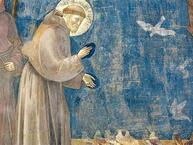 Saint Francis of Assisi
Saint Francis of Assisi Features, settings and dimensions may vary drastically depending on the location, and in Friuli Venezia Giulia there are so many awesome examples that this year the regions' authorities, cultural and turistical organizations got together to promote an entire website devoted to FVG's presepes (click here for it). In it, you can find a detailed map of every Nativity scene worth visiting around Friuli and people can join in by sending photos of their home-made versions for “the best presepe” contest.
The official Facebook page also shows pictures of the many presepes around the region, giving a glimpse into a tradition turned into an outstanding artistic display of crafting skills. There are more than 1,500 presepes on the list, some of them including automated statues and other ones set underwater! For example in the small hamlet of Sutrio, renowned for its talented woodworkers, in Christmas time one can spot hand-made presepes almost in every street. The same can be said about Buttrio and many other cities and towns, like in Casarsa della Delizia, Venzone or Udine. Nativity scenes are set not only open-air, but also in churches, in villas, in museums... and there are also multiple versions of the so called “presepe vivente” (living Nativity scene), with real life people playing the characters out in the cold winter air. In this case, it's very likely to find volunteers standing by and giving away hot mulled wine to visitors to lift their spirits!
Traditionally, Jesus' resting basket in the middle of the scene will be empty up to Christmas Eve and Baby Jesus' statue will be put there only on Christmas Day. Then the presepe will stay in the household up to the Epiphany, when at last also the Three Kings' statues will be placed in it, bearing their gifts for the newborn.
Saint Francis and the origin of presepe
The idea of a representation of the Nativity first came to Saint Francis of Assisi's mind. He was so impressed by his recent visit to the Holy Land and Bethlehem in 1219, that in 1223 he asked permission to Pope Honorius III to bring to life his concept. So he chose the woods around Greccio, a small town near Rieti and now just on the border between two region, Umbria (where Francis lived) and Lazio, and on Christmas Eve's night he set up a trough in a cave, and brought there an ox and a donkey. Then people gathered around the cave and overnight he celebrated the Christmas Mass there. Hence the name presepe, from the Latin "praesaepe" meaning both trough or animals' enclosure.
Francis was deeply loved for its devotion and for having given his riches to the poors, thus his influence on people was huge at the time – he's been declared Patron Saint of Italy – and that's the main reason why many immediately began emulating his idea, and such Nativity representations started spreading in churches in Central Italy.
Only in the 15th century statues were introduced, drawing inspiration for the characters from the Gospels according to Luke and Matthew, the ones depicting Jesus' birth: Holy Mary, Saint Joseph, the Holy Child can't be missing of course, along with the ox and donkey, and then there are statues such as shepherds, sheeps and villagers absorbed into their own jobs (carpenters, bakers...).
Around the 17th century, the habit of setting up presepes passed on from the churches into people's houses too. By then, the custom had already catched on all over the country, from north to south and was ready to conquer the whole world. Actually, Greccio now hosts the International Museum of Presepio.
Photo of Saint Francis taken from the website www.sanfrancescopatronoditalia.it

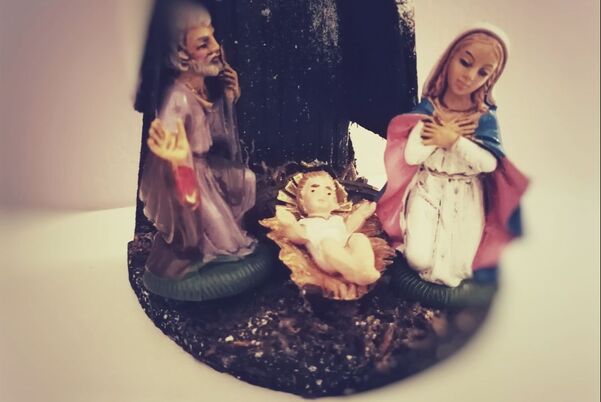



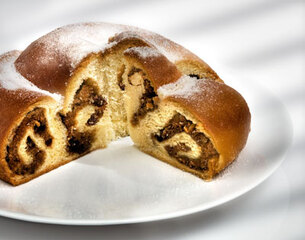
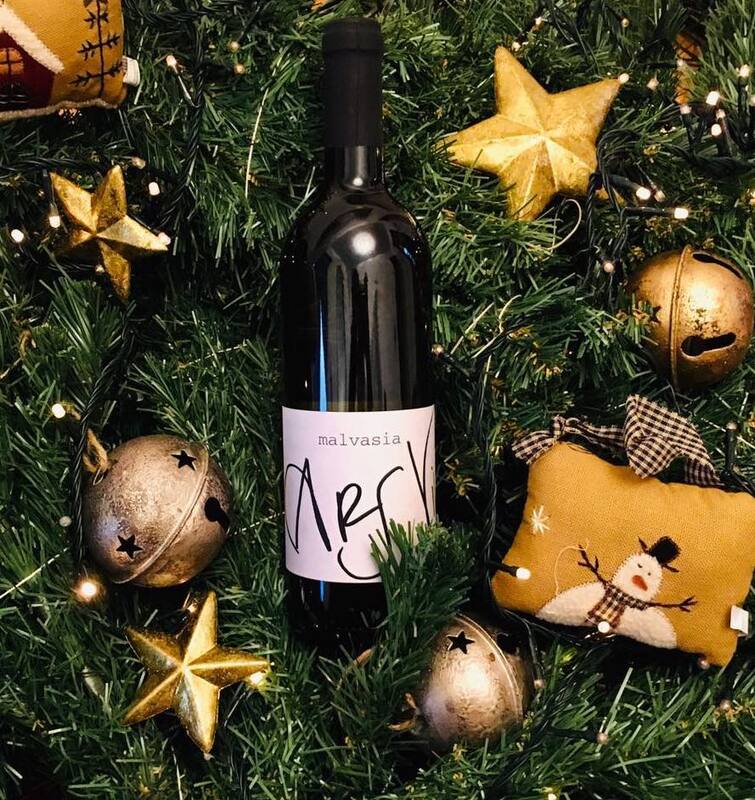
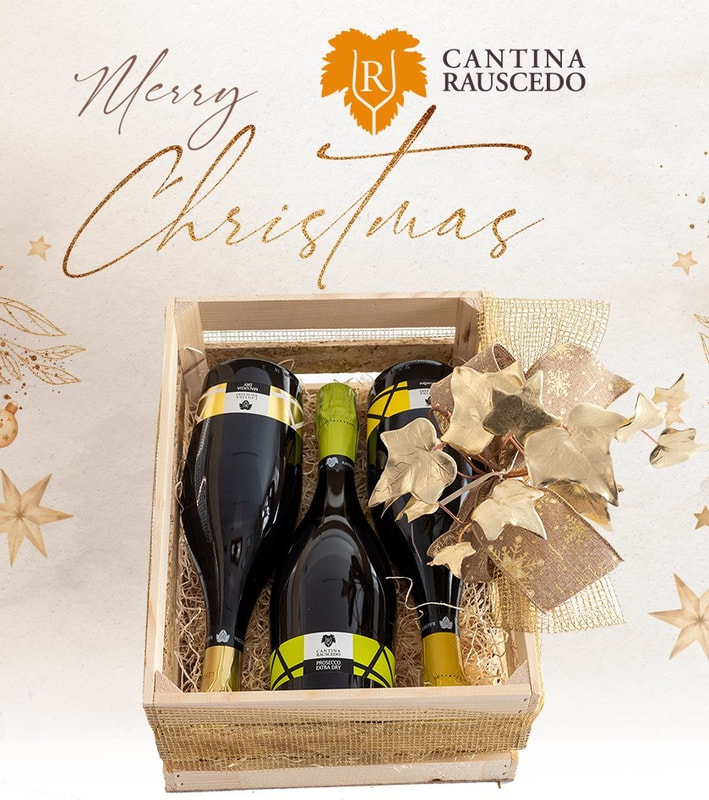
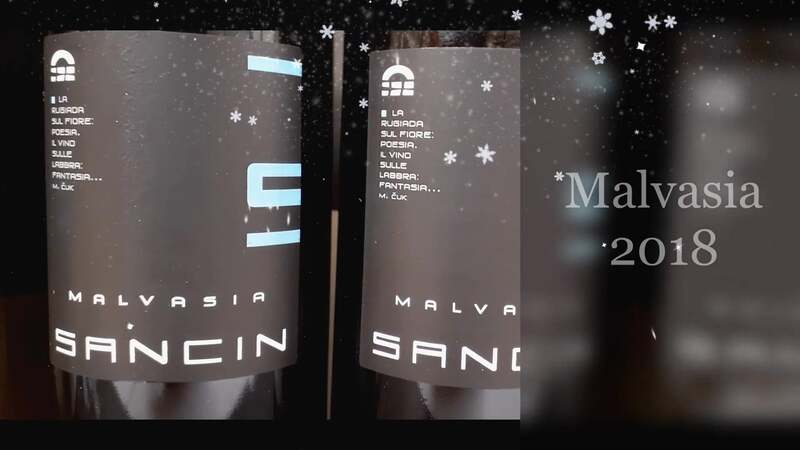

 RSS Feed
RSS Feed